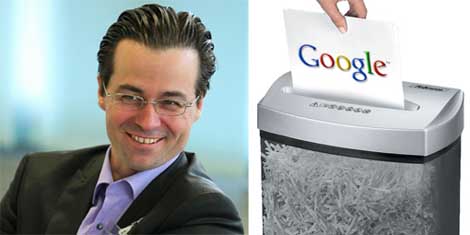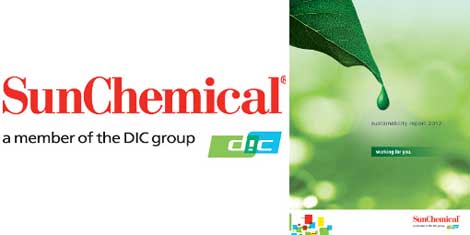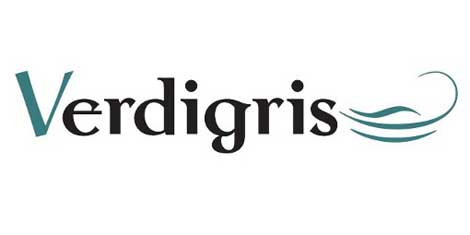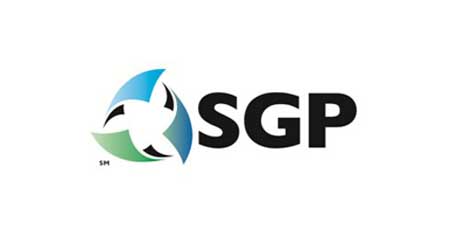
Knud Wassermann, Editor in Chief of Austrian magazine Graphische Revue, has joined Verdigris and others in opposing Google's Go Paperless 2013 campaign, describing the initiative to urge business to go paper-free as 'nothing more than a clumsy attempt to market its services' which 'conveniently ignores the environmental impact of its own activities'.
He says:
"The “Two Sides Initiative” has compiled a list of facts designed to infuse the discussion with greater objectivity and demonstrate that internet communication is not necessarily the great boon to the environment it is often made out to be. Basically, it is no simple matter to compare the environmental impact of paper-based communication with the internet. A closer look at figures from the USA shows that the country’s over 2000 computer centres were already consuming more electricity than the entire paper industry back in 2010 and three per cent of the 76 billion kilowatt-hours required to run these centres were attributable to Google. The constantly growing volume of data is, in turn, causing the amount of energy consumed by the IT industry to increase and there is no end in sight. Furthermore, millions of energy-hungry laptops, PCs and tablets are all connected to the internet, most of which are produced in China under highly questionable social and ecological conditions.
Obviously enough, energy is needed to manufacture paper too, but much of it is generated from renewable sources and hence 65 per cent of the energy used to produce paper and cellulose in the USA and 54 per cent of that consumed in Europe originates from renewable sources. According to its own statistics, Google cites a figure of only 30 per cent. Of course, paper also needs to be printed and transported to its recipient. However, despite this fact, it is hard to imagine that more energy is used for this purpose than that expended to manufacture and operate the many millions of digital gadgets with which we meanwhile find ourselves surrounded – particularly in view of the rule of thumb that 80 per cent of the carbon footprint made in printing is caused by paper manufacture.
Paper and printing industry under pressure to justify itself
However, this is not an attempt to convey the impression that all is well in the global paper industry. There are still black sheep among paper manufacturers in the emerging economies of Asia and South America that use raw materials from non-certified sources. For instance, just before Christmas the WWF released a study proving that fibres originating from tropical timber had been found in the children’s books of German publishers. In order to present a complete picture, it should be mentioned that the production of children’s books has been largely relocated to Asia in recent years. Examples of this nature are frequently used to give the impression that tropical rain forests are being ruthlessly felled to produce newspapers, magazines and books, putting the entire value-added chain of paper-based communication under pressure to justify itself and causing its long-term environmental protection endeavours to disappear in a cloud of smoke.
Up to 50 million tonnes of electronic waste
One fact currently being ignored in the ongoing discussion on the environmental compatibility of digital communication is the amount of waste it causes. According to Greenpeace, electronic waste is currently the fastest-growing category of municipal waste. In Europe, the volume of e-waste is rising by 3 to 5 per cent per year – almost three times faster than the amount of waste overall. The number of electronic products being thrown away has significantly increased in recent years and meanwhile accounts for up to 50 million tonnes per year. Although in the EU, at least, there are regulations in place obliging manufacturers to take back their used electronic devices, the IT industry can only dream of the 70 per cent recycling rate that the paper and printing industry has been achieving for many years. No more than an estimated one third of electronic waste is currently being recycled. To make matters worse, some of this waste is being exported as hazardous waste that ends up on the landfill sites of developing countries. By contrast, paper is subjected to a number of recycling procedures and decomposes at the end of its life cycle.
In the meantime Google and similar companies have begun to compensate for their CO2 emissions by purchasing carbon certificates. Google even claims to have become carbon-neutral since 2007, due to the mixture of greater efficiency in its computer centres and the use of renewable sources of energy combined with carbon emission compensation. However, in this regard the paper and printing industry goes one step further, meanwhile offering carbon-neutral types of paper as well as printing machines and an increasing number of printing companies are offering their customers the option of compensating for the CO2 emissions generated during production by means of a small donation. As far as I know, there is still no such thing as a carbon-neutrally manufactured iPad.
Solidarity throughout the entire value-added chain
However we look at it, both electronic and paper-based communication have an impact on the environment and it is simply untenable for Google to claim that paperless communication is fundamentally better, no matter how green they try to picture themselves. It is therefore even more difficult to comprehend that the paper and printing industry has been unable to rid itself of the image that continues to stick from the past as environmental bad guys. One would think that Europe’s 100-billion-euro paper and printing industry is capable of representing its interests both at national and EU levels. Hence solidarity is urgently called for throughout the entire value-added chain for printed communication – to set the record straight once and for all on the subject of environmental compatibility."
About the author: Knud Wassermann has been Editor in Chief of Graphische Revue since 1998, during which time he has transformed the journal into a leading title for media design and production. A graduate of the Vienna College of Graphic Design (HGBLVA), he has been a close observer of the industry from a variety of perspectives for more than 20 years. Knud Wassermann is constantly in touch with the latest developments from his intensive daily contacts with producers and users. He assesses, presents and analytically documents current trends, facts and backgrounds covering all aspects of the printing industry.








